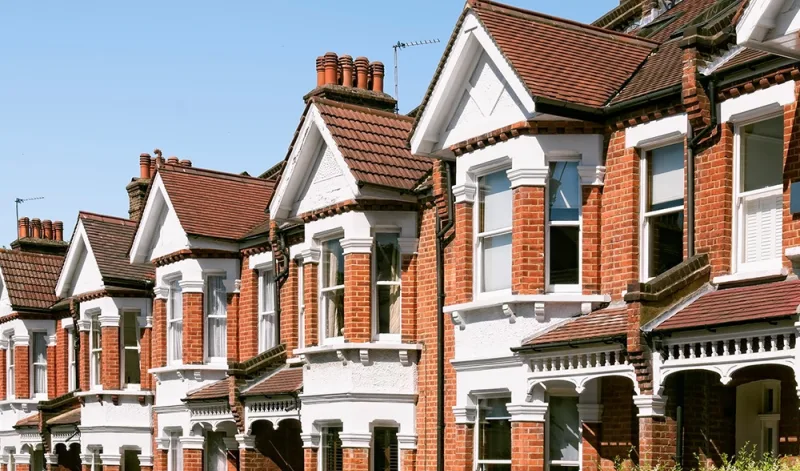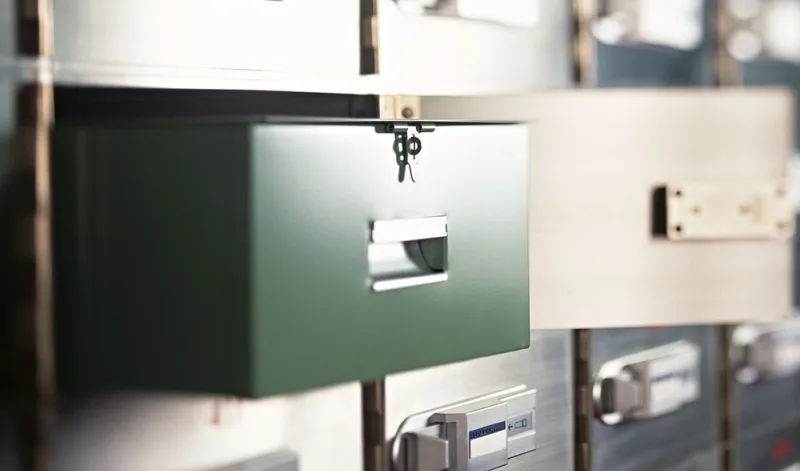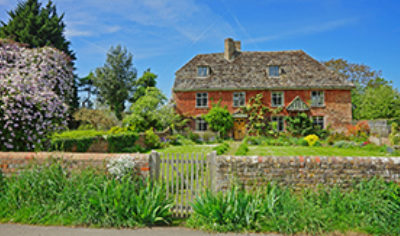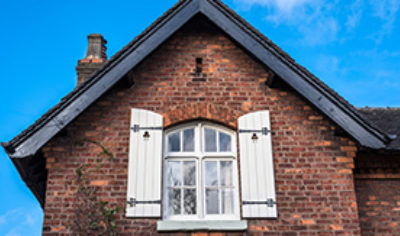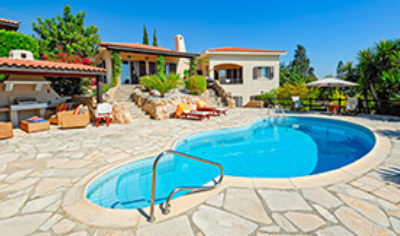Carbon Neutral Homes
In an attempt to motivate homebuilders and homebuyers to buy and sell more environmentally friendly properties, the Chancellor of the Exchequer announced in March 2007, a stamp duty exemption for Zero carbon homes. He announced that until 2012, all newly-built zero-carbon homes sold for up to £500,000 will be exempt from stamp duty. All those costing more than £500,000 will see a £15,000 reduction in their stamp duty bill. By 2016 the Government has announced that all new homes built in the UK will be Zero Carbon. This article explores what is climate change, what has happened in the UK property industry since that announcement, in terms builders strategy, the practicalities of building a Zero carbon home, what existing homeowners can practically do to help reduce their ‘carbon footprint’.
What is Climate Change? – nearly everyone has heard more experienced the impact of changes in climate on our planet. The planets retains an average temperature due to natural greenhouse gases in the atmosphere, which have the effect of trapping the sun’s energy. However, the impact of humans activities on the amount of carbon dioxide (CO2), methane and nitrous oxide, emitted into this atmosphere, is causing a warming of the planet. CO2 is omitted from homes, cars, factories, manufacturing of products, flying and many other activities. This is called global warming. At the personal level we have come to hear about ‘carbon footprint’ – in other words how much CO2 we are personally omitting as a result of everyday lives. About two-thirds of greenhouse gas pollution comes from the CO2 emitted from the burning of fossil fuels, such as coal, gas and oil. To make matters worse, humans are also chopping down the world’s forests, which act as a huge sponge to naturally soak up carbon dioxide in the atmosphere.
The Impact of Climate Change on the UK – politicians and scientists continually argue about the social and economic impact of climate change, and what to do about. The huge home building programme, which is going on over a long period of time UK, will have an environmental impact, both globally and locally on land use. Scientists use advanced computer modelling to predict decades ahead and consequently argue that global warming will cause major flooding due to rising sea levels, and extreme weather patterns. Many homes in the UK experienced devastating flooding during 2007, and weather forecasters continue to quote record after record being broken, as a result of extreme weather, during summer months. As temperatures rise, the seas absorb more heat in the atmosphere causing them to expand and rise. Melting polar ice caps will also add to the problem. This will have a huge impact on lower lying UK homes in the southeast of England. Extreme temperatures will change agricultural capabilities, create water shortages and may even affect the quality of food we eat.
What is a Zero Carbon Home? – a zero-carbon home is one which generates as much power as it uses over the course of a year and therefore has net zero carbon dioxide emissions. It is a flat or a home that returns to the National Grid as much energy as it uses within one year. Therefore, a zero carbon home needs it’s own energy producing equipment, for micro generation (the production of energy on a small scale). It also needs to efficiently conserve the energy it produces, to avoid unnecessary waste. The types of technology to achieve this include:-
- Solar panels
- Loft insulation
- Small wind turbines
- Draught exclusion
- Efficient biomass fuelled boilers
- Insulated walls
- Double glazing
- Geothermal ground heating systems
In addition, the zero carbon home employs recycling technologies where ever possible. For instance, water recycling units for of household sink, washing machine and shower water, to be used for flushing toilets. The Government announcement of a ‘carbon neutral home’, came in response to a groundswell of green opinion around the world, as voters become aware of their actions. People around the world are becoming more aware of the impact of climate change, both at home and abroad. The domestic policies of governments have begun to incorporate measures to reduce the level of carbon emitted into the atmosphere. Emission Treaties are forming national policies. Gordon Brown’s announcement was one fiscal incentive as part of a wider government package of measures to reduce the damage we are doing to our planet.
There has been fierce criticism in the media and in the property industry that there are very few carbon neutral homes in the UK. In addition, home-builders are facing huge dilemma in that the cost of zero carbon home will be significantly higher than that of a conventional one. To achieve in a falling property market, some might say would be remarkable. Indeed, as a result of the credit crunch and global recession, very few new homes are being built by home builders in the UK during 2009. Therefore, the investment required in new technology from home builders, as well as the training for ordinary builders to be familiar with implementing these new environmental technologies, seems challenging. Despite this, some forward thinking architects and housing groups are planning small local projects to pioneer a carbon neutral community of homes. These projects are vital showcases that demonstrate that the concept can become a practical reality, with the desire and technical expertise, working hand in hand.
What Can Homeowners Do to Help? – to adapt existing older properties with these newer environmental technologies is extremely challenging (some would argue impossible). For instance, to achieve the maximum air tightness throughout the envelope of an old Victorian building, would be hugely expensive. Buildings built 100 years were not designed with energy efficiency in mind. Despite these obvious practical difficulties, there are many things that ordinary homeowners can do to improve the energy efficiency of their existing homes and flats:-
- Insulates roofs and walls
- Replace all the wooden framed window frames with PVC double glazed ones, with the grated thermal performance
- Install solar panels on roofs and outbuildings ( subject to planning permission)
- Replace all the appliances with energy-saving ones ( most modern white goods have a standard energy efficiency labelling system)
- Replace all lighting throughout the house with energy-saving light bulbs
- Turn off the appliances left on standby such as TVs, DVDs and games consoles.
- Install motion detection lighting to avoid the lights been left on in empty rooms
- Smaller wind turbines to generate electrical power
- Consider a shared community-based biomass fuelled heat and power plants
- Consider switching to home delivery shopping, in which one van delivers to multiple households. (as opposed to multiple consumers taking two trips to visit the supermarket and back again).
Visit the energy saving trust website, which is a non profit organisation funded by the government to promote energy saving. Working with both home owners and business, the organisation seeks to find ways to make more efficient use of energy and to promote the use of small scale renewable energy sources.
For a Home Insurance Quote contact Assetsure. We are able to offer insurance for a wide range of UK property types including nonstandard construction. We will also quote on modern homes with the latest energy saving devices fitted including solar panels.




